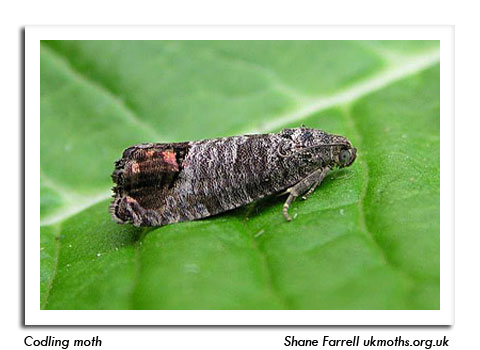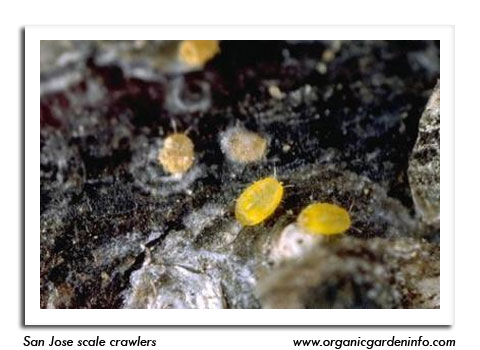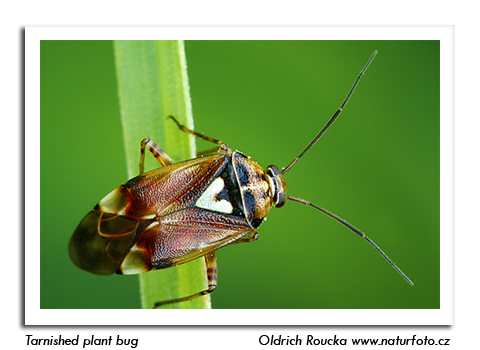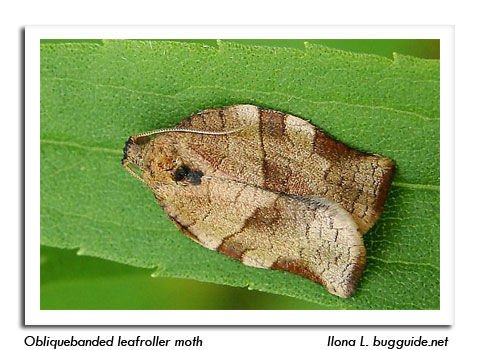
 |
|
|
Fruits
Volume 58 Number 8 Date 06/20/2013 CODLING MOTH - Several apple orchards are 250 or more degree days (base 50°F) beyond the first biofix and treatments for first generation larvae have been applied. Larvicides or other controls should be maintained to prevent problems by the current and subsequent summer generations. Apple growers are reminded that pheromone lures degrade rapidly at warm temperatures and should be replaced every 3-4 weeks. REDBANDED LEAFROLLER - Moth counts remained very low again this week, ranging from 0-30 per trap, with an average of 3.1 per trap. The second flight is likely to have begun at southern locations, although recent trap data indicate otherwise. The extremely low numbers of moths collected since early June suggests that populations are still primarily in the larval stages or that controls applied a few weeks ago were very effective. SAN JOSE SCALE - The emergence of nymphs or "crawlers" may begin in 1-2 weeks in southern locations. Sampling by taping scaffold branches is advised to determine the relative abundance of scales, the start and end of the hatching period, and if treatments are effective. The tape should be changed every 7-10 days as long as the crawlers are active. PLANT BUG - Orchard IPM Specialist, John Aue reports that the clear liquid droplets appearing on peaches in some orchards may have been caused by tarnished plant bugs, stink bugs or even plum curculio. He notes that mowing orchard grasses often drives these insects onto developing fruits. OBLIQUEBANDED LEAFROLLER - The first flight of moths continued for the second week and is expected to persist through mid-July. Apple growers who experienced OBLR problems in recent years should consider setting additional traps to determine where to concentrate sampling efforts. Monitoring the second brood of larvae soon appearing in terminals will also indicate the potential for problems later this season. ROSY APPLE APHID - Some orchards that applied insect growth regulators at pink for aphid control are now experiencing more damage than orchards that applied no aphid controls. Natural enemies are apparently regulating the aphids in untreated orchards, according to John Aue. He advises apple growers to examine curled leaves for cast skins and live aphids. The presence of live aphids (instead of cast skins) suggests colonies could continue to increase and cause extensive damage by mid-summer if controls are not implemented. -- Krista Hamilton, DATCP Entomologist 




|
|
|